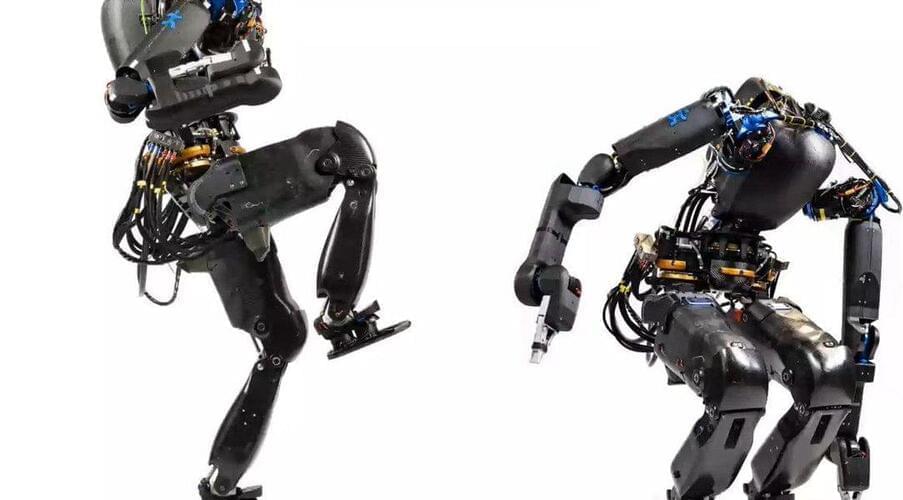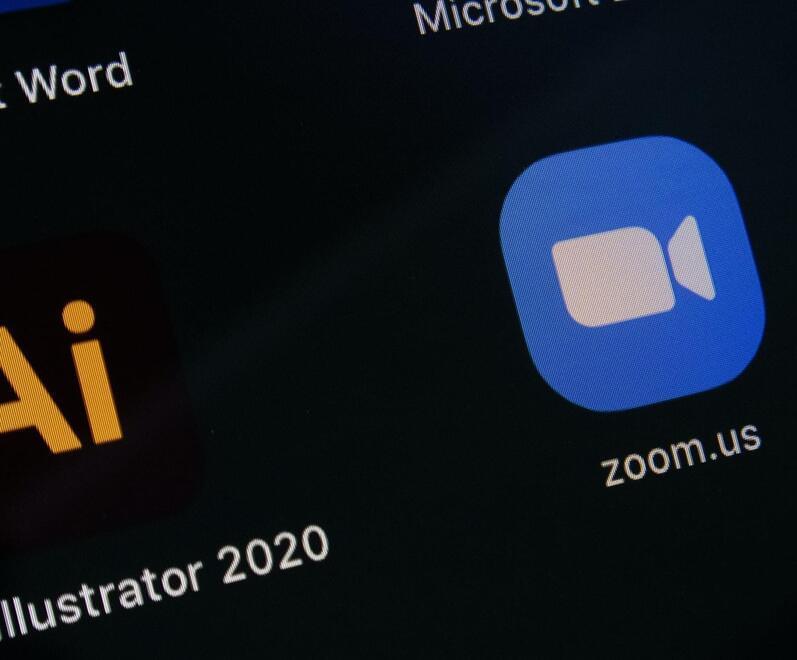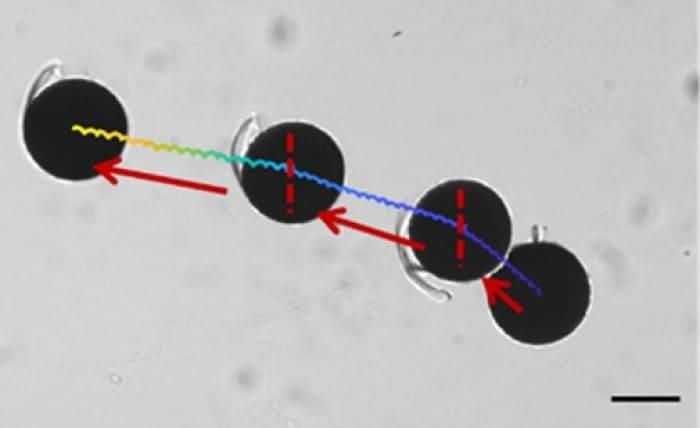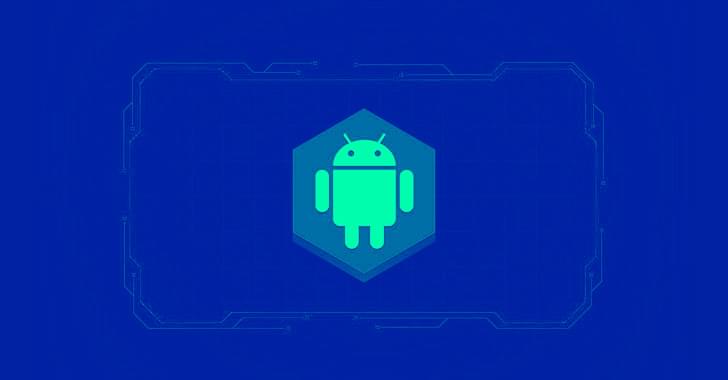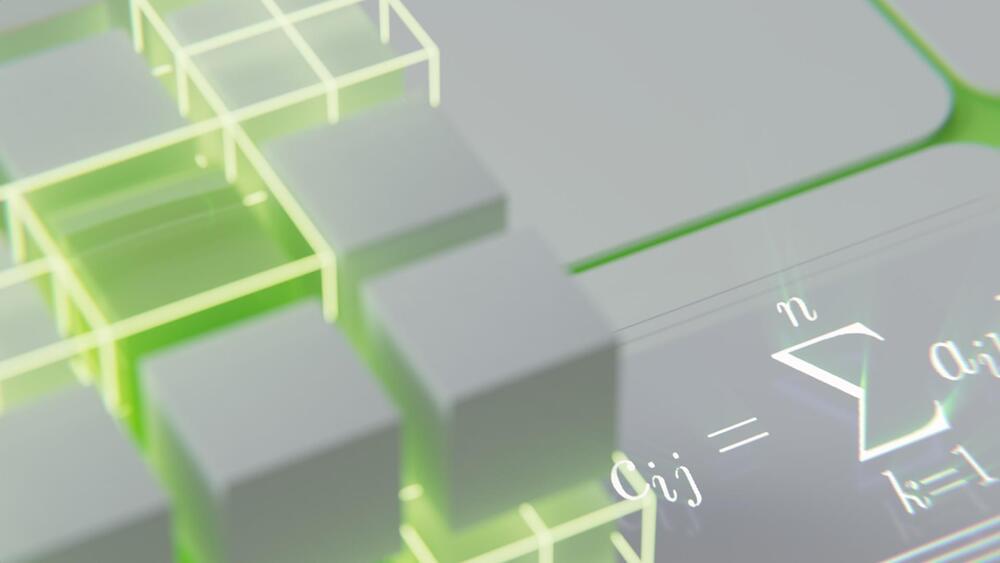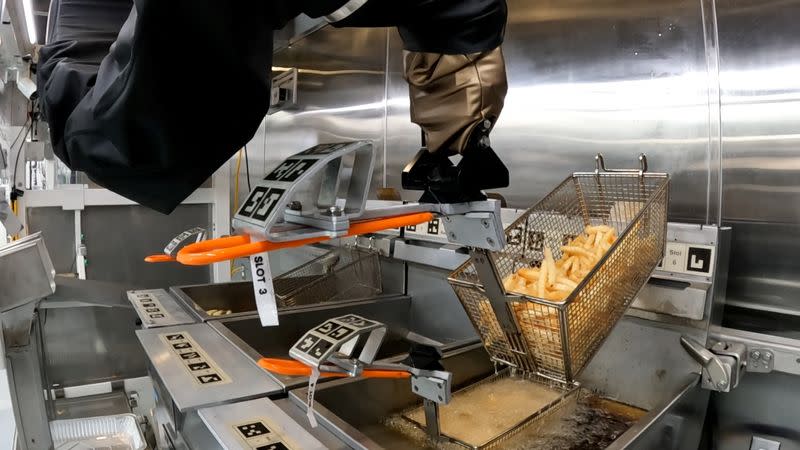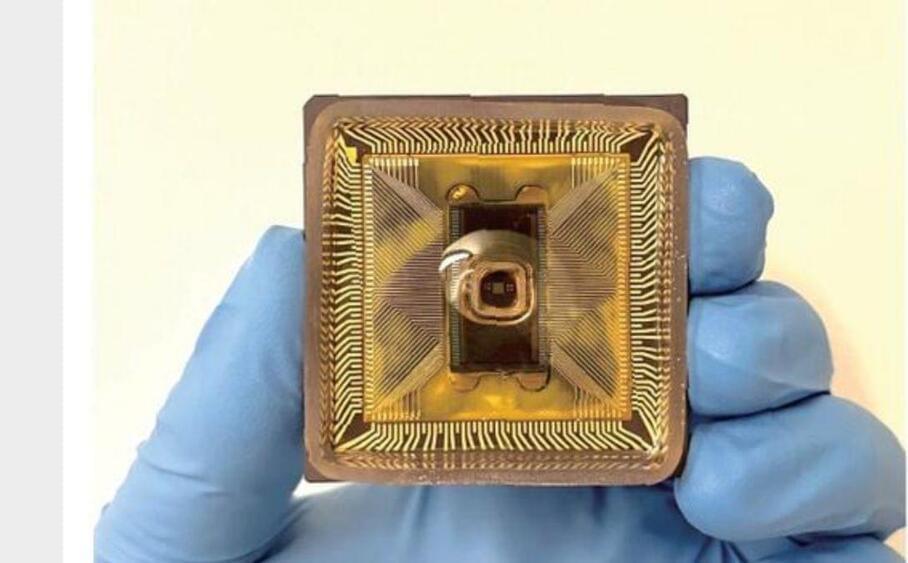The Florida Institute for Human & Machine Cognition (IHMC) is well known in bipedal robotics circles for teaching very complex humanoid robots to walk. Since 2015, IHMC has been home to a Boston Dynamics Atlas (the DRC version) as well as a NASA Valkyrie, and significant progress has been made on advancing these platforms toward reliable mobility and manipulation. But fundamentally, we’re talking about some very old hardware here. And there just aren’t a lot of good replacement options (available to researchers, anyway) when it comes to humanoids with human-comparable strength, speed, and flexibility.
Several years ago, IHMC decided that it was high time to build their own robot from scratch, and in 2019, we saw some very cool plastic concepts of Nadia —a humanoid designed from the ground up to perform useful tasks at human speed in human environments. After 16 (!) experimental plastic versions, Nadia is now a real robot, and it already looks pretty impressive.
